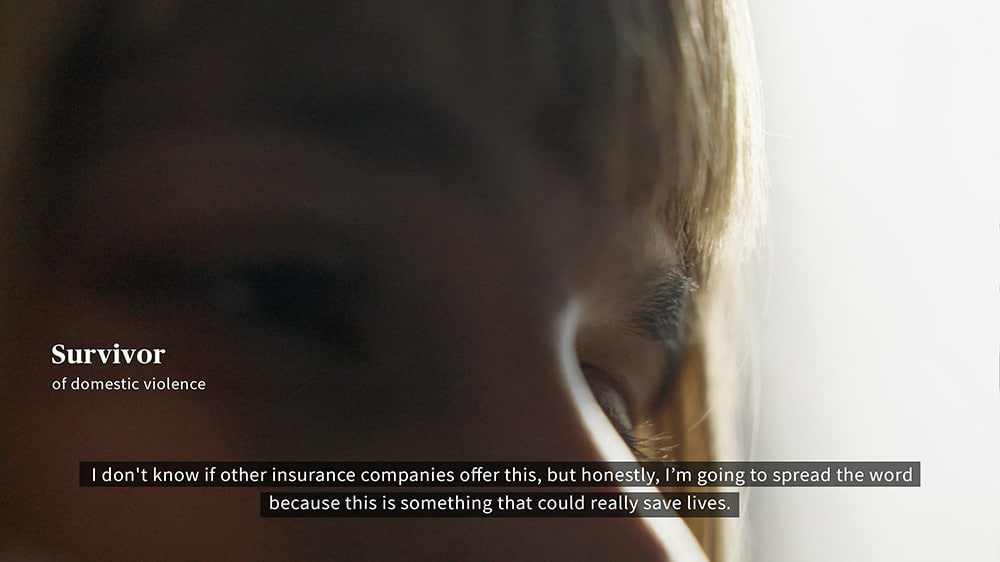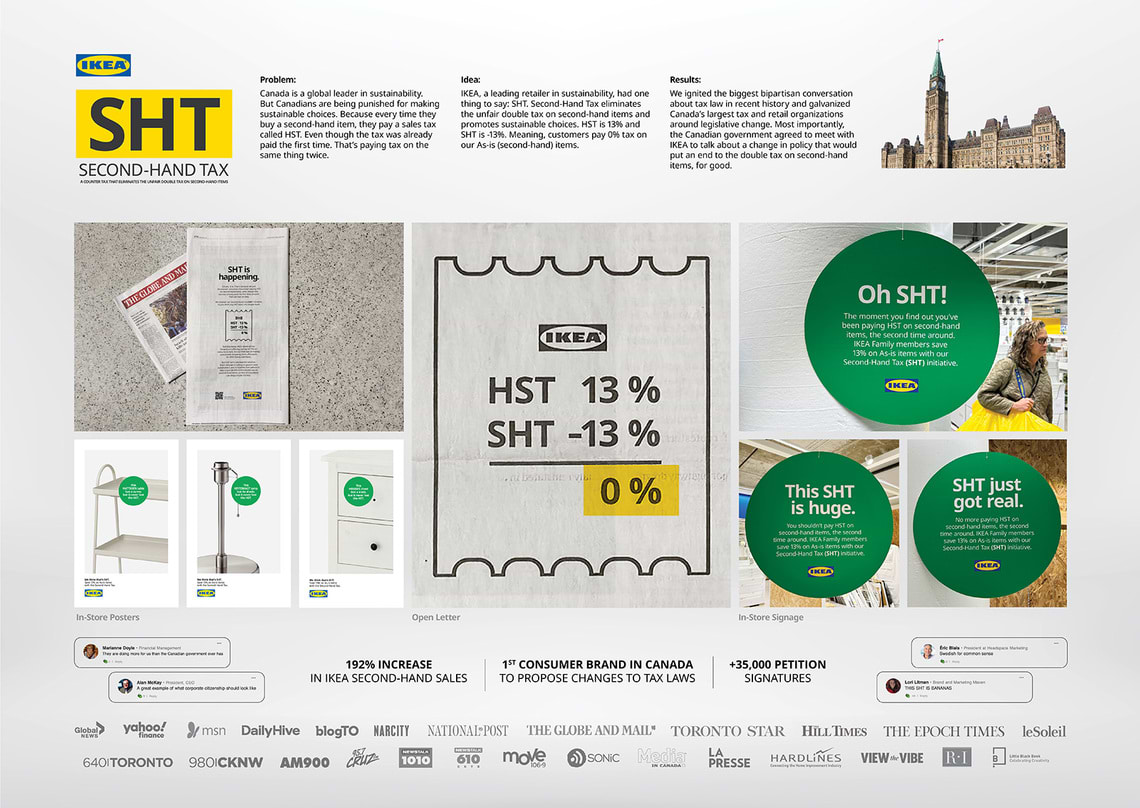Note: This website was automatically translated, so some terms or nuances may not be completely accurate.
PR industry award entries are a great opportunity to get a "model answer"—reflection and revenge, and sometimes self-praise.
The creative industries—including advertising, marketing, and PR—host a wide array of awards. What significance does participating in these hold? Winning an award is undoubtedly important for gaining recognition both within and outside the company. However, I believe there are other significant benefits beyond simply "winning an award to gain recognition." In this article, Osamu Iguchi, who has served as a judge for domestic and international awards at Dentsu Inc., examines the trends among the numerous awards and the effects of participating.
Why Enter Awards?
After the annual festival of creativity, commonly known as Cannes Lions, held every June, award report sessions are held in various locations through the end of summer. The number of people who can physically attend in Cannes, France, the host city, seems quite limited due to distance, busy work schedules, and the recent surge in participation and travel costs caused by the weak yen. Yet, top creators eager to experience the latest global communication trends firsthand, along with young professionals aiming for that level, make every effort to gather here. Indeed, once you experience the energy on the ground, the excitement lingers long after. It's common to start comparing your own work to the award entries before even returning home, fantasizing about how far you can elevate your current projects, and perhaps even dreaming of making a comeback the following year through an entry at Cannes Lions.
However, it's safe to say reaching that level in just a year or so is quite challenging. This is because, coincidentally, the judging criteria for recent Cannes Lions have undeniably shifted towards evaluating more fundamental and sustained efforts rather than fleeting trends. That said, experiencing such an award event is an excellent opportunity to reflect on one's own work to date.
As many of you know, there are also awards serving as precursors to Cannes Lions, such as "Spikes Asia" targeting the Asia-Pacific region. Similarly, the long-established "AdFest" held in Pattaya, Thailand, serves this purpose. For these awards accepting entries from the Asian region, the jurors are well-versed in regional characteristics and unique market challenges, creating an environment where they can more readily evaluate the essence of work specifically targeted at this region. Rather than immediately challenging global awards, it might be wise to first test your skills at these regional awards. Entries are not limited to agencies; in-house PR departments can also submit work.
Of course, winning an award should not become an end in itself. However, receiving appropriate recognition validates the campaign's validity, allowing agency staff and the client company's stakeholders who adopted the strategy to confirm the legitimacy of their work. This enhances internal and external evaluation of their efforts and significantly boosts motivation for future projects. While the ultimate success of a campaign is naturally judged by its business results, strategic planners will inevitably wonder whether the process itself was sound or if they could have pursued more innovative challenges. To gain such qualitative feedback, submitting to these awards and receiving objective evaluations from diverse jurors—industry experts—presents a rare opportunity worth embracing.
Judging Criteria: From Communication Skills to the Innovation of Business Initiatives The
This year, summaries of various Cannes Lions reports highlighted a growing emphasis: moving beyond evaluating the skill or technique of expressions by ad agencies or creative boutiques, there's now a stronger intent to commend how companies engage with society in their day-to-day operations, incorporating solutions to social issues while achieving business expansion and development. However, observing Cannes' evolution over recent years makes it clear this shift has been steadily building.
Starting around five to six years ago, PR representatives from client companies began participating as judges in various categories. This added a perspective beyond industry-focused evaluation, assessing the value of campaigns from a "client company/client perspective." Furthermore, at local seminars, we increasingly see clients and agencies sharing the stage, highlighting how their enduring, close relationship has produced award-worthy work. This seems to suggest that the traditional "client/agency" relationship is evolving, with collaboration and co-creation now representing the correct stance for the future.
The campaign that solidified this conviction for me was "Three Words" by French insurance company AXA, the most awarded entry at this year's Cannes Lions.
AXA's "Three Words" – Most Awards at Cannes Lions 2025

Similar to Japan, many French citizens hold home insurance policies. These contracts typically provide emergency shelter when homes become uninhabitable due to fire or flooding. AXA decided to add another critical situation to the coverage of these fire and flood home insurance policies: "and domestic violence" – three words.
In France, reports of domestic violence (DV) doubled over the seven years from 2016 to 2023. AXA has been tackling this issue for the past decade. During this time, they secured cooperation from various parties and developed a system where, upon receiving a report from a DV victim, emergency vehicles are immediately dispatched to evacuate them to emergency shelter housing, just as they would in a fire or flood. Within one month of introducing this system, AXA supported 121 victims. Website visits increased by 321%, policy sales rose by 9%, and the brand's favorability—long ranked second in the industry—jumped to first place, achieving significant business results. Furthermore, 86% of survey respondents agreed that "this clause should become an industry standard."
The fact remains that for many suffering from domestic violence, the most dangerous place is not a dark, unlit street or a rough entertainment district, but their own home. By providing products and services there, IKEA clearly demonstrates a commitment to social responsibility, even when it carries risks that could negatively impact its own profits. The remarkable achievement here is that this approach has gained societal empathy and reflected positively in revenue, creating a virtuous cycle that ensures the initiative's sustainability.
Another example worth mentioning is IKEA's courageous stance of challenging government regulations when it serves consumers.
IKEA's SHT Campaign That Moved Society

In Canada, nationwide inflation persisted from around 2022. IKEA's research found that 45% of Canadians felt anxious about their household finances, with many turning to the secondhand market to get more value within limited budgets. In fact, 31% of people purchased secondhand goods at least once a month. Meanwhile, in Ontario, a 13% HST (Harmonized Sales Tax) is levied on all sales transactions. This tax, introduced in 1997, had become so ingrained that no one questioned it anymore.
However, IKEA noticed a problem here: purchasing secondhand goods actually resulted in double taxation. This is because buyers of used items were being charged HST again on goods that had already paid HST when first purchased. In fact, this double taxation was generating millions of dollars annually for the federal government.
IKEA itself is a participant in the trade of its own used products, driven by environmental protection and providing economic affordability. To combat this double taxation issue, IKEA devised its own service, the "SHT (Second-Hand Tax)," as a countermeasure to the aforementioned "HST." This is essentially a "counter-tax" that nullifies the double taxation on used goods, and its mechanism is extremely simple. While the HST is a 13% tax, IKEA set the SHT at -13%. This means when customers purchase used products at IKEA, the company effectively covers the equivalent amount, resulting in a net 0% tax rate.
As this initiative gained widespread attention, it rapidly increased access to IKEA's used marketplace while simultaneously encouraging participation in a petition campaign calling for the abolition of the HST. As a result, over 35,000 signatures were collected, IKEA's used goods sales increased by 192%, and the Canadian government decided to engage in discussions with IKEA regarding policy changes to permanently eliminate double taxation. This achievement stems not from an attempt to create a favorable environment for the company itself, but rather from a stance of observing whether unfair situations arise from the consumer's perspective and striving to resolve them correctly, whatever they may be. While companies are sometimes called upon to fulfill their social responsibilities as public entities, it is precisely this attitude—discovering and proactively resolving such issues within their regular business activities—that earns them the approachability and trust of consumers as neighbors, inevitably weaving long-term positive relationships.
Isn't there a familiar sounding board, the "PR Awards"?
As mentioned earlier, the trend in the communications awards scene is now to focus on and evaluate the efforts of these companies and organizations. The arena has shifted from being a competition among agencies to win awards to one that celebrates companies. So, why not take on the challenge? That's the proposal we'd like you to consider.
Conveniently, the Japan Public Relations Association's "PR Awards" ( https://prsj.or.jp/pr-award/ ). Why not consider entering this one? While it may seem modest, the entry fee is actually quite reasonable at ¥25,000 (compared to overseas awards where fees often reach around ¥100,000). Furthermore, while overseas awards typically require English entry sheets, campaign summary boards, and even explanatory videos (case films), the "PR Awards" only require a single A3-sized Japanese entry sheet. (See here for tips on writing the entry sheet. https://youtu.be/Ph3TW6h-42M )
Having personally served as a judge and chair of the judging panel for this award, I can attest that judges are meticulous in evaluating submitted work. The details of each entry's approach are thoroughly engraved in their minds. Furthermore, through passionate discussions among judges selected from PR agencies, corporations, media, and academia (university professors), they gain a multifaceted understanding of each entry's strengths, areas for improvement, and shortcomings.
Winning entries receive published comments from the judges. I encourage you to experience the award entry process at least once. Use the feedback to "reflect" and plan your "comeback." But if you find positive aspects in the comments, take a moment to "praise yourself" for your work and use it as fuel for your next project. That said, while I'm not part of this year's judging panel, if you say the password "I saw that Dentsu-ho!" I promise to provide the utmost advice for your entry.
The information published at this time is as follows.
Was this article helpful?
Newsletter registration is here
We select and publish important news every day
For inquiries about this article
Author

Iguchi Osamu
PR Consulting Dentsu Inc.
Executive Officer
Chief PR Planner
We handle a wide range of services, from developing data-driven corporate PR strategies to strategic PR for products and services, viral campaigns utilizing video content, and municipal PR. Proposes initiatives like "PR IMPAKT," which creates content likely to trend in news and social media, and "Information Flow Structure," which unravels information pathways across media. Over 30 years of experience in PR agencies. Recipient of numerous awards including "World's Top 50 PR Projects," "Cannes Lions Grand Prix," "Asia Pacific Innovator 25," and "Gunn Report Top Campaigns 100." Has served as a judge for numerous domestic and international awards, including Cannes Lions, Spikes Asia, SABRE Awards Asia-Pacific, PR Awards Asia, Japan PR Association PR Award Grand Prix, and Nikkei SDGs Idea Competition. Author of "The Essence of Strategic PR: Five Perspectives for Practice" and co-author of "Learning from 17 Successful Cases: Local Government PR Strategy."

